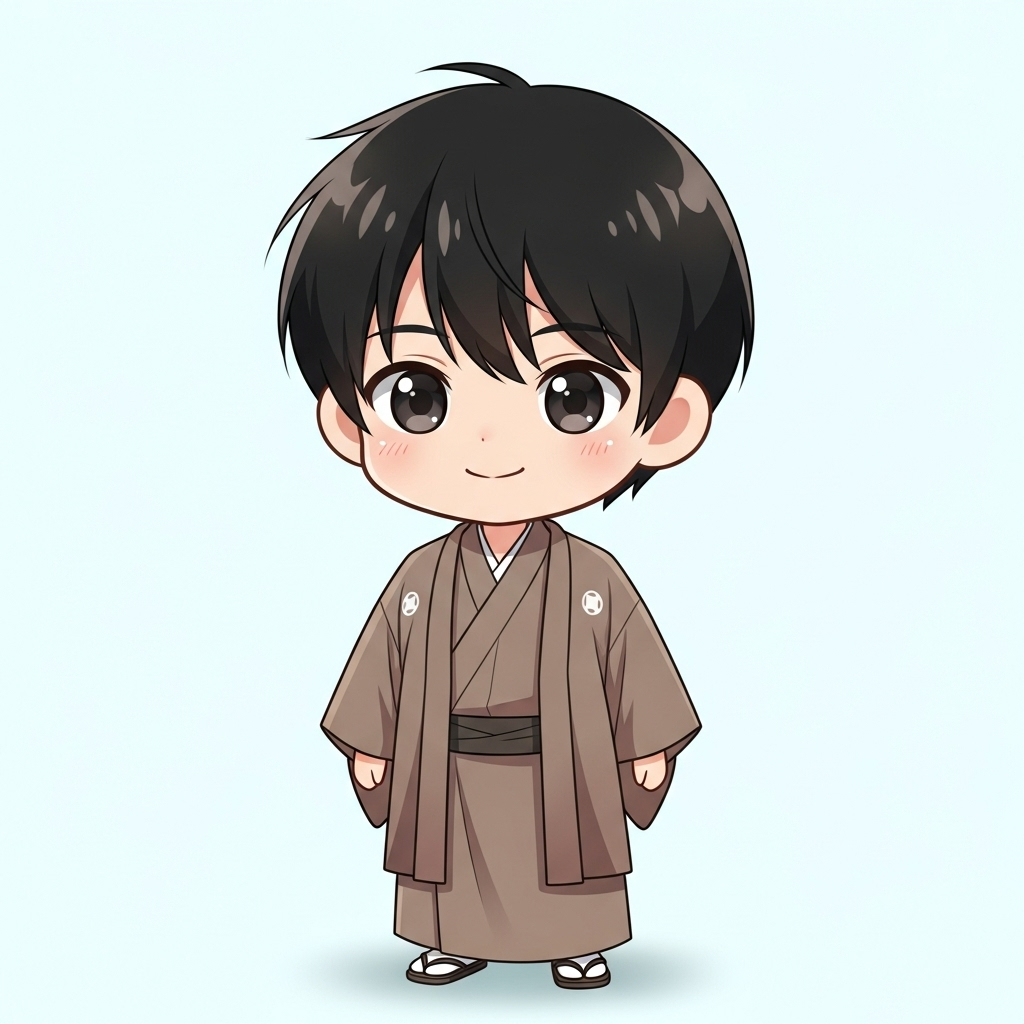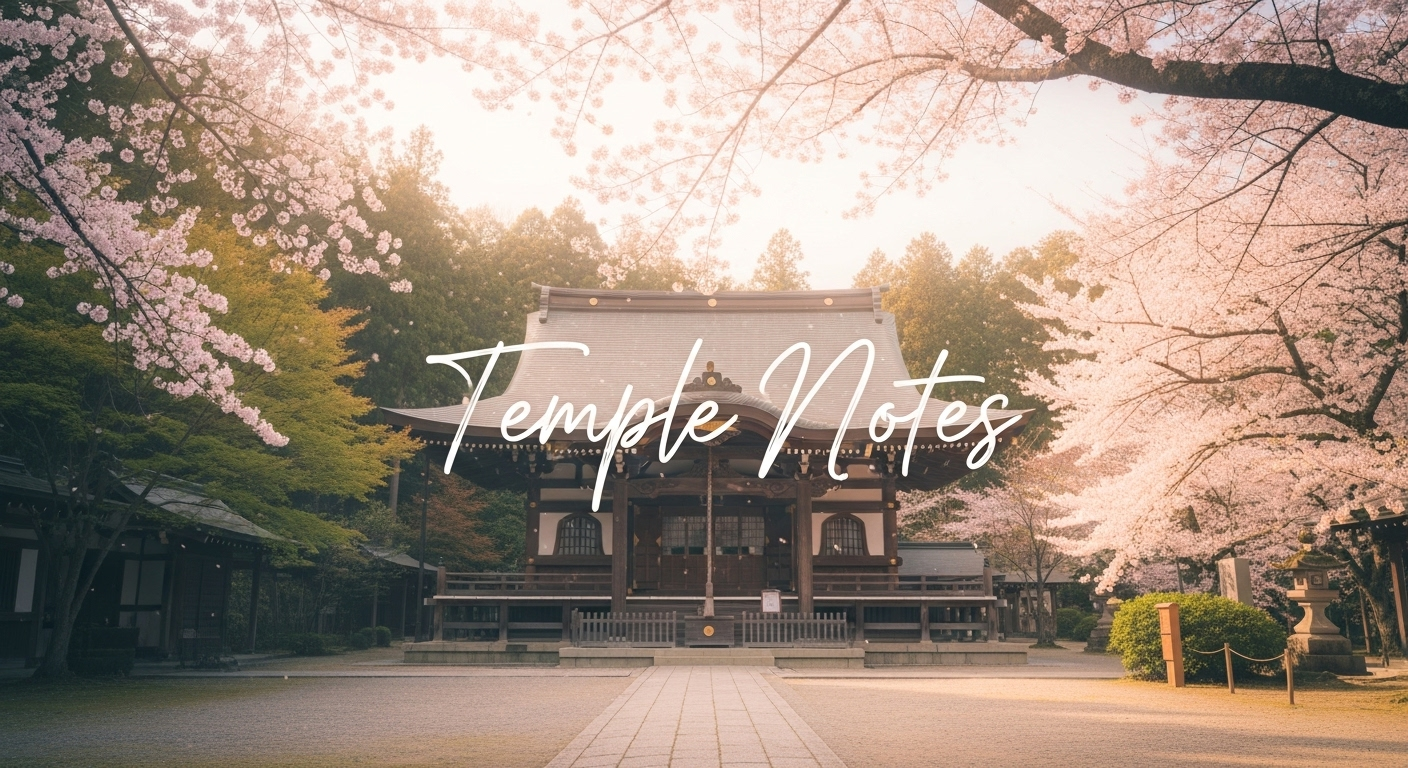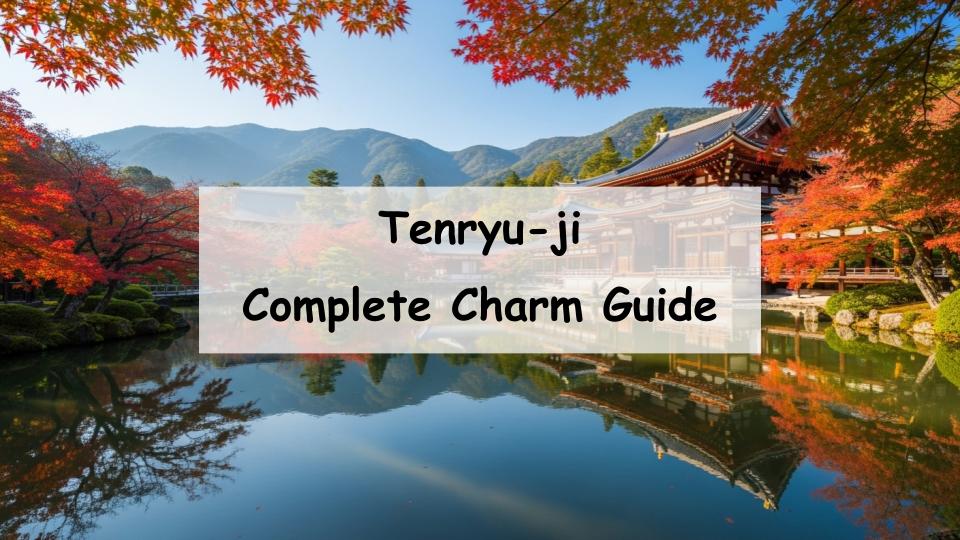Are you planning a trip to Kyoto and wondering, “What kind of temple is Tenryu-ji?” or “What are its highlights and how can I get there?” Tenryu-ji, a Zen temple registered as a UNESCO World Heritage Site, captivates visitors with breathtaking scenery in every season, historically significant architecture, and an exquisite garden. In this article, we’ll explore Tenryu-ji’s features, must-see spots, access methods, and tips to make your visit unforgettable. By the end, you’ll want to add Tenryu-ji to your Kyoto itinerary without hesitation.
What is Tenryu-ji? History and Basic Information
Origins and Foundation
Tenryu-ji was founded in 1339 by shogun Ashikaga Takauji to pray for the repose of Emperor Go-Daigo’s soul. The temple’s first abbot was the renowned Zen master Muso Soseki. From its inception, Tenryu-ji enjoyed the patronage of both the shogunate and the imperial court, earning the highest rank among the Five Great Zen Temples of Kyoto. Over the centuries, it has undergone numerous reconstructions while maintaining its close connection to the scenic beauty of the Arashiyama area.
Value and Appeal as a World Heritage Site
As one of the “Historic Monuments of Ancient Kyoto,” Tenryu-ji is listed as a UNESCO World Heritage Site. Its vast precincts, including the Sogenchi Garden—a designated Special Place of Scenic Beauty—are recognized for their historical and landscape value. The garden’s design, which incorporates Arashiyama as borrowed scenery, and the temple’s architecture reflecting Zen culture are admired worldwide.
Layout and Features of the Precincts
At the heart of Tenryu-ji lies the Sogenchi Pond, surrounded by the Main Hall (Hojo), the Study Hall (Shoin), the Dharma Hall (Hatto), and the Tahoden. The pond garden follows a traditional stroll-style layout, making full use of Arashiyama’s natural backdrop. Visitors can choose to see only the garden or combine it with entry to the temple buildings. Checking the official information in advance ensures a smooth visit.
Highlights of Tenryu-ji
The Beauty of Sogenchi Garden
Designed by Muso Kokushi, Sogenchi Garden is a stroll-style pond garden with artfully placed stones and islands. The scenery changes with the seasons, and the view of Arashiyama beyond the pond is one of its greatest charms. This garden was among the first in Japan to be designated as a Special Place of Scenic Beauty.
Seasonal Beauty of the Garden
In spring, cherry blossoms add soft colors to the landscape. Summer brings the vivid green of maple leaves, autumn paints the scene with brilliant red foliage reflected in the pond, and winter transforms it into a serene snow-covered world. Each season offers a unique harmony between design and nature.
The Dharma Hall and the Cloud Dragon Painting
The Dharma Hall features a dramatic “Cloud Dragon” painting on its ceiling, created in 1997 by Nihonga artist Kayama Matazo. The massive dragon, painted within a double circular frame, appears to stare in all directions. The hall is open to the public only during special periods, and photography inside is often restricted.
Historic Buildings and Cultural Treasures
Tenryu-ji houses important structures such as the Main Hall, the Shoin, and the Tahoden, as well as sliding door paintings and Buddhist statues. Although many structures have been rebuilt after fires and wars, the temple still preserves its prestige and Zen heritage. Taking the time to learn about each building enhances the experience.
Enjoying Tenryu-ji in Every Season
Spring: Cherry Blossoms in the Temple Grounds
Spring brings blooming cherry trees along paths and in the garden, with soft sunlight accentuating the scenery. Arriving early in the morning helps you enjoy the grounds before the crowds arrive.
Summer: Lush Green Maples and Cool Views
From early to midsummer, fresh green maple leaves reflect on the pond, creating a refreshing atmosphere. On hot days, viewing the garden from inside the temple is especially pleasant.
Autumn: A Garden Wrapped in Autumn Colors
Autumn is the most popular season, when vibrant red and orange leaves surround the pond. Special openings and nighttime illuminations are sometimes held. Visiting on early mornings or weekdays can help avoid heavy crowds.
Winter: Snow-Covered Serenity
Snow transforms the garden into a tranquil, monochrome scene. With warm clothing, you can take your time enjoying the garden’s crisp and quiet beauty.
Access to Tenryu-ji and Nearby Attractions
By Train or Bus
The closest station is Arashiyama Station on the Keifuku Electric Railroad (Randen), just a short walk away. JR Saga-Arashiyama Station and Hankyu Arashiyama Station are also within walking distance. City buses and Kyoto buses stop at “Arashiyama Tenryu-ji-mae,” right near the entrance.
By Car and Parking Information
Parking is available in the Arashiyama area, but spaces fill up quickly, especially on weekends and during peak seasons. It’s often easier to use public transportation to avoid congestion and save time.
Nearby Attractions and Local Cuisine
Within walking distance are iconic spots like Togetsukyo Bridge, the Bamboo Grove, Okochi Sanso Villa, the Sagano Scenic Railway, and Hozugawa River boat rides. The area also offers many restaurants serving Kyoto cuisine, shojin ryori (Buddhist vegetarian dishes), and local sweets, making it easy to plan a half- or full-day sightseeing course starting from Tenryu-ji.
Things to Know Before Visiting Tenryu-ji
Opening Hours and Admission Fees
The garden is generally open from 8:30 a.m. to 5:00 p.m., with the last admission varying by building. Garden admission for high school students and older is around 500 yen, with additional fees for entry to the temple halls. Hours may change during special events, so check the official website beforehand.
Tips to Avoid Crowds
For a more peaceful experience, visit right after opening, on weekday mornings, or choose earlier hours even during busy seasons. Planning your visit alongside nearby attractions can also help you manage crowds more effectively.
Photography Etiquette and Precautions
Photography is allowed in many areas, but prohibited inside certain halls or for specific exhibits. Tripods and large equipment are generally not permitted. Always follow posted rules and be considerate of other visitors.
Conclusion: A Restorative Moment at Tenryu-ji
Key Takeaways for Visiting Tenryu-ji
Tenryu-ji is a masterpiece of history and Zen spirit, with highlights such as the Sogenchi Garden’s borrowed scenery and the dramatic Cloud Dragon painting. A garden-only visit is satisfying, but adding the temple halls enriches the experience.
Advice for First-Time Visitors
Check the official site for current hours, admission fees, and special opening days. If possible, visit at opening time and use public transportation to explore the area efficiently. Take your time to enjoy the garden’s seasonal beauty in a calm and reflective atmosphere.
A Message from the Guide

A renowned Zen temple representing Kyoto’s Arashiyama, full of fascinating highlights.







Comment